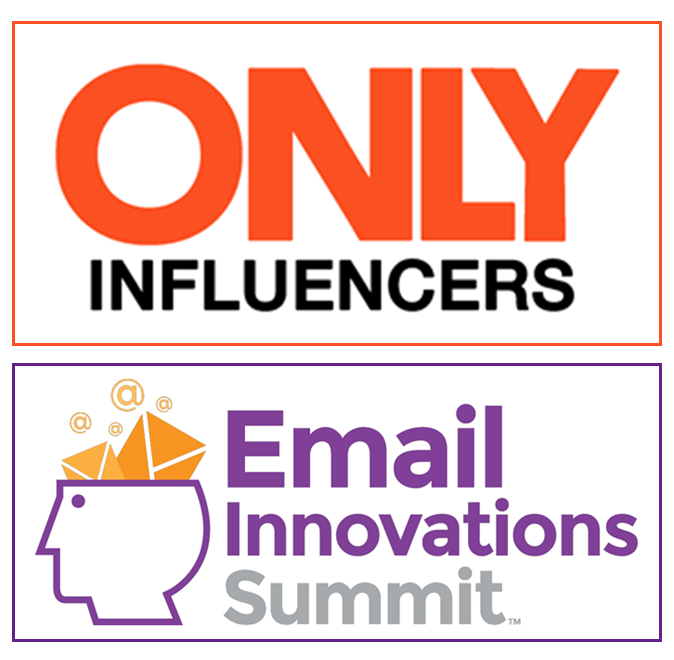Message mapping, AI, holiday email ‘secret sauce,’ KPIs, 2024 email marketing trends… and more. Here’s the second part of an interview I did with a vendor late last year on a wide range of email marketing topics. Enjoy!
How important is message mapping for successful email marketing? What’s your favorite advice for formulating effective message maps?
Message maps are critical for developing effective emails, especially if you’re doing a multi-email journey. Message maps define what key messages need to be addressed in the email communication.
When we have a lot of key messages, we’ll use them to create a multi-email series to make our case to the recipients. Message maps help you make sure that you’re providing valuable information in each email you send, and that you’re not just sending the same information over and over again.
Here’s a recent post I wrote on message maps: https://emailopshop.com/6-tips-for-building-an-effective-message-map-for-your-email-campaign/
How have AI tools transformed the landscape of email marketing?
AI is certainly the bright shiny thing of the moment, isn’t it? I do think it’s something that is here to stay — and that it will be overall a good thing for the digital marketing world.
But… Just because you can use AI to create all aspects of an email marketing campaign doesn’t mean you should.
I’ve been playing with AI, as have many of us in Only Influencers (the community of email industry professionals that I manage) and the industry. Results really vary.
AI isn’t always better than what a human can come up with. But AI is almost always a time-saver.
I like using AI for research — I can quickly get a list of key concerns for a target audience that I am unfamiliar with, or a list of benefits for a type of product or service.
But when I ask AI to write copy… I may steal a phrase here or there, but as a whole I rarely find it as appealing as what I write myself.
And in A/B split tests — sometimes the AI copy wins, while other times the copy written by a human wins.
I’ve found AI’s ability to analyze data to be limited as well.
I think how transformative AI will be depends a lot on the individual who’s using it. If you’re someone who’s new to email marketing, or who isn’t a strong writer, you’ll probably find it very useful for all aspects of your campaign.
But if you’re an experienced email marketer, I think you’ll be using it on the behind-the-scenes tasks, things that will save you time but that won’t, in the end, be customer-facing.
Here’s a post I wrote about experimenting with AI for email marketing: https://emailopshop.com/ai-and-email-subject-lines-and-preheader-text-part-1/
We’ve observed that you’ve mastered the art of creating holiday emails. What’s the secret sauce that you add to all your holiday emails?
From a strategic standpoint, holiday email campaigns aren’t different from other campaigns. I like working on holiday campaigns because you tend to have well-defined goals, timeframes, and themes. Also, it’s easy to analyze past holiday campaigns to inform your plan for the upcoming campaign.
We are able to repurpose a lot of the emails that did well in previous years, because enough time has passed that it won’t seem repetitive to recipients. When I start a holiday campaign, I analyze past campaigns and break them into quadrants based on our key performance indicator (usually conversion rate, revenue-per-email, or cost-per-acquisition).
The top 25% highest performing emails are ones we’ll automatically slot into the new plan. Typically we make minor changes to the creative, keeping as much the same from the previous year as possible (we may want or need to switch out specific products as well).
The bottom 25%, which are our poorest performing messages, we look at don’t send again unless we come up with a hypothesis on changes that will boost performance.
The messages in the middle of the pack we look at individually. For those performing above the median, we’ll usually use them again with minor tweaks. Those below the median probably won’t get mailed again unless we have ideas we can implement that we believe will improve performance.
And once we have our basic plan, we layer in a testing plan, to optimize performance as we go. Here’s a case study on a holiday email A/B split test: https://emailopshop.com/43-increase-in-revenue-with-a-holiday-campaign-heres-how-we-did-it/
Which email marketing KPIs do you consider most crucial for measuring an email campaign’s success?
You have to use business metrics as your key performance indicators (KPIs).
For most companies, these involve money, either revenue or donations, or conversions (a defined action). My favorite KPI for ecommerce is revenue-per-email (RPE). It’s easy to calculate — just divide the revenue generated by the number of email messages that were sent and did not bounce.
RPE is also a good way to compare campaigns when you’re doing an A/B split test where revenue is the goal. You can calculate the lift/loss of the test versus the control version.
Just be sure you test for statistical significance before declaring a winner. If the RPE value is very small (less than a dollar) you can use revenue-per-thousand-emails-sent (RPME) as your metric. This just increases the magnitude of the number to make variances easier to see.
What are some email marketing trends that you suggest to look out for in 2024?
Any list of trends for 2024 would be incomplete without AI.
All marketers should be experimenting with AI, figuring out how it can help them do their jobs more effectively or more efficiently. But we also need to evaluate the quality of the output; AI isn’t always better.
With design and images, authenticity continues to be a trend. Traditional stock photography looks out of place today; marketers need to look to sites like unsplash.com that offer more authentic imagery.
Automation continues to be a trend – but companies are realizing that it’s not enough just to set-it-and-forget-it. My clients are continually testing their automations to see if they can boost performance.
Using fractional professionals is a trend that started a few years ago but that will become huge in 2024. Companies will be looking to bring in experts, like myself, on a part-time or project-basis, not just to execute existing plans, but to develop and help implement strategies and tactics to boost bottom-line performance.
Arrangements like these are beneficial, because organizations get access to a high-level of expertise for a fraction of what an SVP, VP, or even Director-level hire would cost, with no long-term commitment.
I also think we’re going to see a slew of new social media platforms — anyone else on BeReal? How about Lapse? Threads? Questori?
And we’re going to see some real changes in how legacy social media platforms are perceived and used. I am seeing more and more what I consider B2C content on LinkedIn; I find the content on X (formerly Twitter) to be less useful than it was previously. Will Threads be the new Twitter/X? We’ll see.
Privacy concerns and regulations are another thing that digital marketers will need to contend with in 2024. Consumers are more concerned with what data marketers hold on them and how they use it; marketers need to respect this and be transparent about what they have and how they use it.
The Only Influencers blog is a great way to keep track of email industry trends — here’s a link: https://onlyinfluencers.com/email-marketing-blog-posts

Photo by israel palacio on Unsplash






